
Although three-dimensional printers have only existed for a few years, they have already made waves in the nonprofit sector. 3D printing for charity is only an emerging concept, but it shows incredible promise.
As more nonprofits use 3D printing, the technology’s potential becomes apparent. Industry professionals can use it to expand their reach, provide immediate aid and help more people than ever before — all while staying under budget.
Nonprofits Are Embracing 3D Printing Solutions
In Springfield, Missouri, the nonprofit Eden Village has embraced 3D printing to solve homelessness. In only five years, it has printed dozens of homes. Its work not only proves the viability of this technology but also highlights how others should follow in its footsteps.
Eden Village is determined to be the first to offer long-term aid to the persistent local homeless population. While providing affordable housing and 3D printing buildings aren’t original ideas, they’ve not yet been combined in practice. This nonprofit will be among the first to do so.
This 3D-printed permanent housing project — the first of its kind in Springfield — consists of one gated community and one neighborhood. In total, the nonprofit provides 55 single-story tiny homes to those in need. Each one comes with a living room, kitchen and front porch.
Although Eden Village first opened its doors in 2018, it has only raised rent by 8% in five years. People in need can rent one of its tiny homes for only $325 a month. On the other hand, a typical home in Springfield, Missouri costs around $757-$883 on average. Needless to say, 3D printing proves to be a truly revolutionary tool for nonprofit work.
Since 3D printing for charity is still a relatively new concept, few nonprofits have changed how they run things to adopt it. While the chief financial officer’s support and the board of directors’ go-ahead aren’t exactly easy to get, this technology’s proven effectiveness should sway any penny-pinching opinions of theirs.
Why Nonprofits Are Looking for Solutions
Most people employed at charities aren’t in it for the money — but volunteer work and passion can’t pay rent. Unfortunately, many nonprofits have incredibly tight budgets. In fact, 70% of those registered in the U.S. reported revenue under $50,000 in 2021. Often, little is left over.
Many nonprofits are looking for cost-effective solutions because they can’t afford to pay living wages. In fact, around 73% of them say their tight budgets lead to low recruitment rates and abysmal employee retention. Even the most optimistic, selfless people need compensation.
As organizations’ budgets grow tighter and the cost of living rises, nonprofit workers seek employment elsewhere. In fact, a wave of resignations substantially impacted the nonprofit sector in 2022. Many managers are fearful those who left won’t ever return, permanently affecting operations.
These issues have been impacting nonprofits in every sector. While 3D printing for charity is still an emerging practice, it can address the financial troubles these organizations have while making up for lost labor. This technology shows incredible potential as a long-term solution.
Why Do Nonprofits Use 3D Printing Technology?
One of the main reasons nonprofits use 3D printing is because it’s cost-effective. Since a business-grade 3D printer costs as little as $1,000 on average — and one kilogram of basic filament is typically only $20 — they can easily work it into their budget. These machines are affordable upfront and inexpensive to run. What more can the board of directors ask for?
These printers can make even the most massive projects affordable. Constructing a 3D-printed home — like the ones in Springfield, Missouri — is 30% less expensive than a standard building. It’s also much faster. In most cases, construction is completed in mere days.
Another reason why many nonprofits turn to this technology involves on-demand production. Immediate relief and minimal resource waste are essential for humanitarian efforts, making 3D printers one of the best solutions. They aren’t just for in-office use, so nonprofits can use them no matter the type of aid they specialize in.
One of the biggest appeals of 3D-printing technology is its rapid prototyping. Nonprofits can quickly and inexpensively test out designs before investing in one. Additionally, they can tailor solutions for specific people, demographics or disaster areas. This way, they can scale their production whenever the need arises.
5 Ways Nonprofits Can Use 3D Printing to Provide Aid
Nonprofits can use 3D printing for virtually any project since they can print whatever they need.
Food
While 3D-printed food techniques are still in their infancy, researchers have proven they are possible — and, more importantly, safe to eat. In fact, lab-grown meats are relatively common. Nonprofits can use this technology to provide inexpensive, nutrient-dense meals.
The Borgen Project — a group dedicated to combating world hunger — is one nonprofit considering the potential of 3D-printed food. It is hopeful that this technology is a cost-effective solution, noting how printers eliminate the need for cold chain shipping and livestock rearing.
Clothing
While most people imagine a hunk of uneven plastic when thinking of 3D printing, the reality is much different. Nonprofits can use materials like cement, fiber, edible powder, metal or wood. In other words, they can make shoes, blankets and clothes for people in need.
Shelter
Eden Village isn’t the only nonprofit looking to help eliminate homelessness with affordable housing. Construction companies have been 3D-printed buildings for years, meaning most of the technology’s original issues have been resolved. Soon, it will become a standard practice.
Medical
A custom prosthetic is extremely expensive for someone going through traditional channels. Fortunately, nonprofits can use 3D printers to tailor it to a person’s exact specifications for only a fraction of the cost.
Relief
Some of this technology’s most exciting applications revolve around humanitarian aid. Nonprofits can build custom parts on demand to fix broken generators, leaking pipes or torn clothing. 3D printers can help them provide immediate relief to areas impacted by disaster.
The Future Outlook of Using 3D Printing for Charity
3D printing for charity has the potential to permanently change the nonprofit sector. Even though it’s still an emerging concept, it has incredible potential. Already, organizations like Eden Village have proven its utility, affordability and value. As it becomes more widespread, there’s no telling how it could help underserved demographics.
While relatively few nonprofits use 3D printing, many more show a strong interest in it. Once they see how much adopting it could benefit them and the people they’re trying to help, it will skyrocket in popularity. In all likelihood, this technology could be revolutionary.
Emily Newton is the Editor-in-Chief of Revolutionized Magazine, an online publication that explores innovations in science and technology.
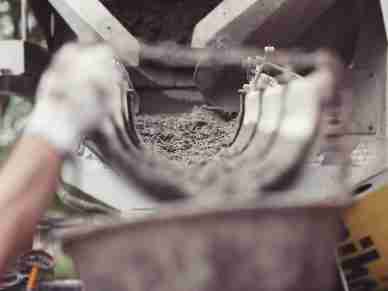

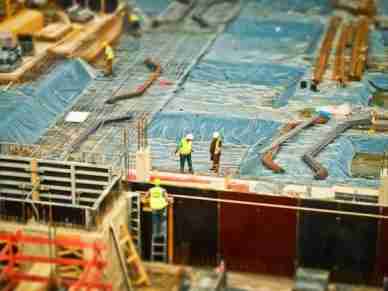
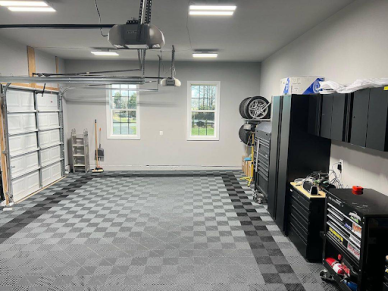
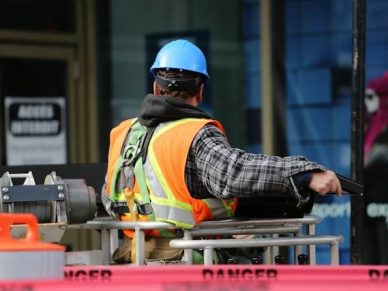
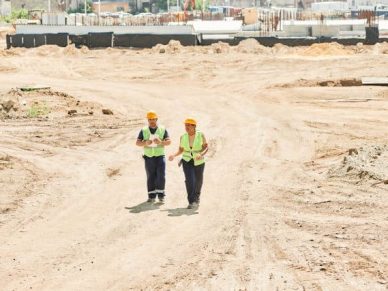
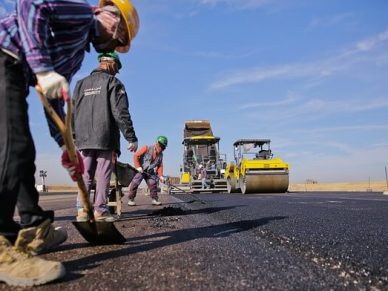








Leave a Reply